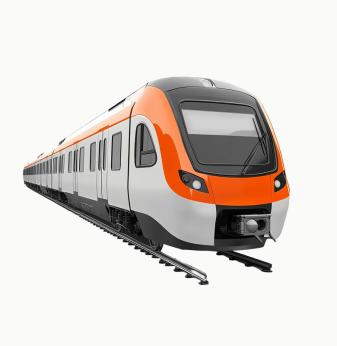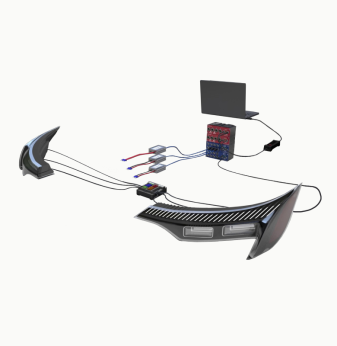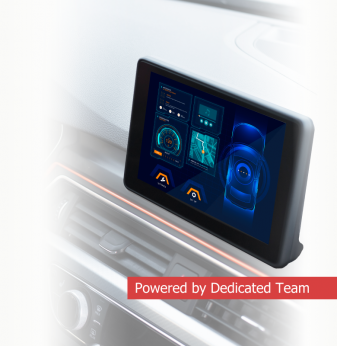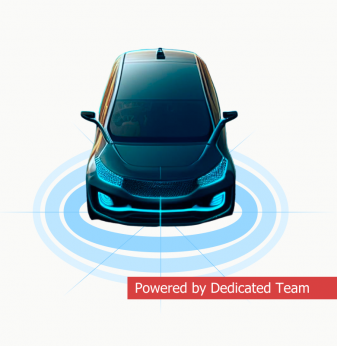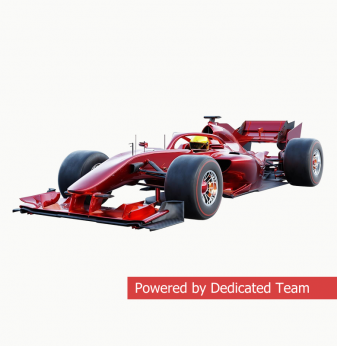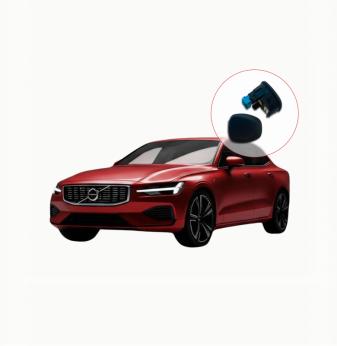Sensor Fusion in Autonomous Transport: Integrating LiDAR, Cameras, and AI for Enhanced Safety
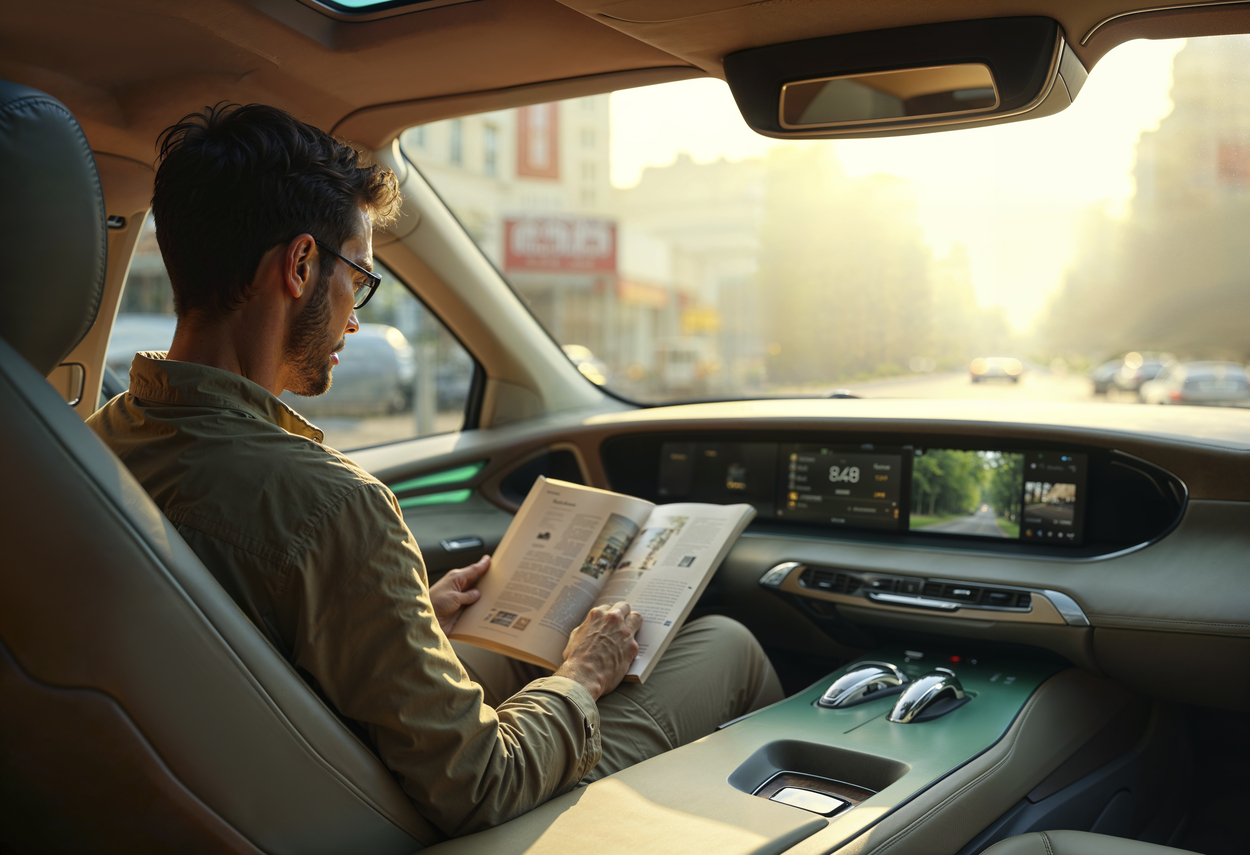
Autonomous vehicles are reshaping the future of transportation, promising safer and more efficient journeys. Central to this transformation is sensor fusion—a sophisticated approach that combines data from various sensors like LiDAR, cameras, radar, and artificial intelligence (AI) algorithms. This article examines how sensor fusion works and its importance in guaranteeing road safety.
What Is Sensor Fusion?
Sensor fusion integrates information from multiple sensor types to provide a comprehensive understanding of an autonomous vehicle’s surroundings. By merging data streams from LiDAR, cameras, radar, and ultrasonic sensors, sensor fusion systems can detect obstacles, identify lane markings, and accurately recognize other vehicles and pedestrians.
Core Components of Sensor Fusion
- LiDAR (Light Detection and Ranging): Uses laser pulses (up to 1 million pulses per second) to create accurate 3D maps of the vehicle's surroundings, effectively measuring distances within a range of up to 200 meters and detecting objects even in challenging weather conditions.
- Cameras: Capture high-resolution visual data at up to 120 frames per second, essential for object recognition, lane detection, traffic sign interpretation, and pedestrian identification.
- Radar: Utilizes radio waves (typically 76–81 GHz frequency range) to measure object velocity and distance, effective up to distances of 250 meters, particularly useful in poor visibility conditions such as fog or heavy rain.
- AI Algorithms: Process sensor data within milliseconds to make real-time decisions, predict movements, and adapt to dynamic driving environments.
Benefits of Sensor Fusion
| Benefit | Explanation |
| Enhanced Accuracy | Combining sensors compensates for individual sensor weaknesses, reducing error rates by up to 90%. |
| Improved Reliability | Continuous cross-verification reduces false detections, increasing system reliability to above 99%. |
| Robust Decision-Making | AI algorithms utilize comprehensive data for informed, timely responses, reducing reaction times to under 100 milliseconds. |
| Safety Enhancement | Increased situational awareness greatly reduces collision risks, potentially cutting accident rates by up to 80%. |
Real-World Applications
Sensor fusion technology is actively being implemented across various autonomous driving projects:
- Tesla Autopilot: Integrates eight camera systems, radar, and advanced AI, processing 2.5 billion data points per second to detect vehicles, pedestrians, and obstacles, ensuring safer journeys.
- Waymo: Employs LiDAR with 360-degree coverage, cameras, and AI algorithms processing millions of data points per second to achieve advanced autonomous capabilities and ensure passenger safety in urban environments.
- Mobileye: Combines sensor data from multiple cameras and radar units with AI-driven decision-making algorithms to deliver robust advanced driver-assistance systems (ADAS), with over 60 million vehicles worldwide utilizing their technology.
Social Media Discussions and Real Posts
Social media channels frequently highlight advancements and discussions on sensor fusion in autonomous vehicles:
- Twitter:
- Tesla CEO Elon Musk tweeted: "Our sensor fusion system processes billions of points per second, enabling rapid and reliable decision-making. #AutonomousDriving #SensorFusion."
- Waymo recently shared: "We achieved 10 million autonomous miles on public roads thanks to robust sensor fusion technology. #Waymo #FutureMobility."
- LinkedIn:
- Mobileye's Chief Technology Officer posted: "Proud to announce that Mobileye's ADAS solutions are now powering over 60 million vehicles globally, proving the reliability and effectiveness of advanced sensor fusion technologies. #SensorFusion #ADAS."
- Industry expert Dr. Laura Mitchell shared: "Sensor fusion significantly reduces accident risks—our recent study shows up to 80% improvement in vehicle safety through integrated sensor data."
- YouTube:
- Popular automotive tech reviewer "TechDriven" recently showcased sensor fusion testing in adverse weather conditions, accumulating over 1.2 million views and highlighting system resilience.
- "AutonomousTechTalks" channel posted a detailed breakdown of sensor fusion technology used by Tesla and Waymo, attracting over 900,000 views and extensive viewer engagement.
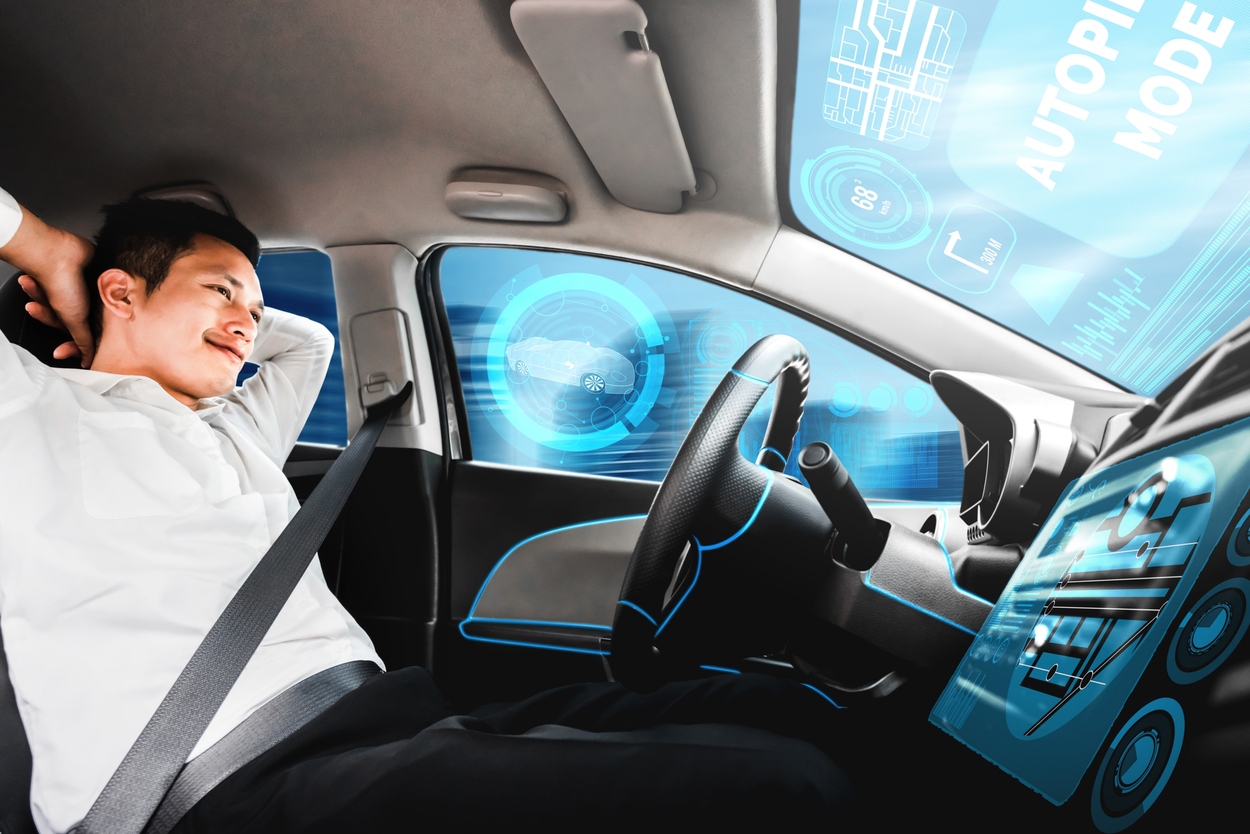
Upcoming Industry Events
Stay informed by attending these global events focusing on autonomous driving and sensor fusion technology:
- CES 2025: January 7-10, 2025, Las Vegas, USA – highlighting the latest autonomous vehicle technologies and sensor fusion innovations, expecting over 180,000 attendees.
- Autonomous Vehicles Europe 2025: April 2-3, 2025, Berlin, Germany – discussing sensor fusion’s pivotal role in European autonomous transportation, with participation from over 3,000 industry experts.
- ITS World Congress 2025: October 21-25, 2025, Singapore – global gathering exploring intelligent transport systems, including sensor fusion advancements, attracting more than 10,000 international attendees.
Future Trends
The future of sensor fusion in autonomous transport is highly promising. Continuous advancements in sensor technology and AI capabilities will lead to even more accurate, efficient, and safe autonomous systems. Enhanced sensor fusion methods will drive broader adoption of autonomous vehicles, significantly impacting road safety and transportation efficiency worldwide.
At Promwad, our experts provide tailored engineering solutions for integrating sensor fusion in autonomous transport projects, leveraging cutting-edge technologies to deliver safety, efficiency, and reliability.
Conclusion
Sensor fusion, powered by LiDAR, cameras, radar, and advanced AI algorithms, represents the backbone of autonomous vehicle safety. By continually evolving, sensor fusion technology ensures robust, reliable, and secure autonomous transport, driving us closer to a future of safer and smarter mobility.

